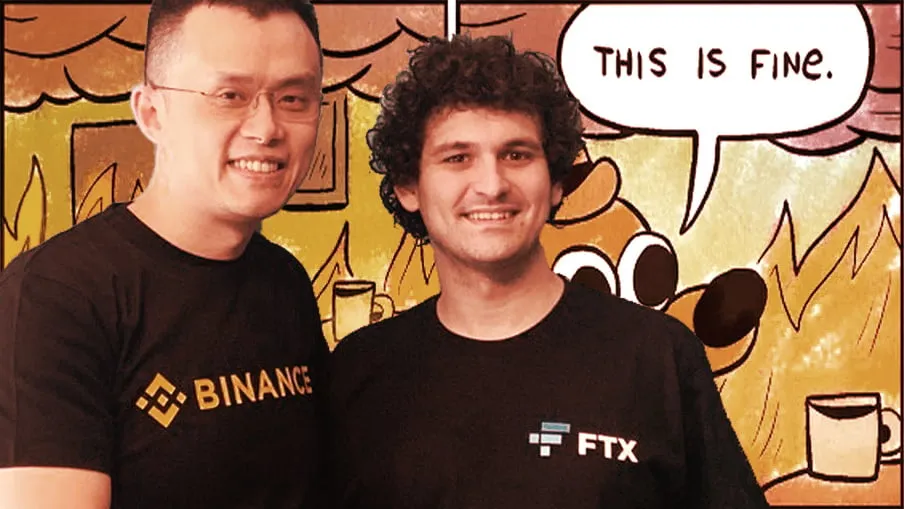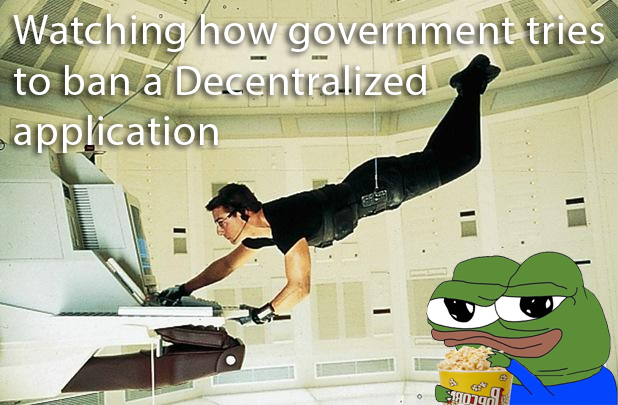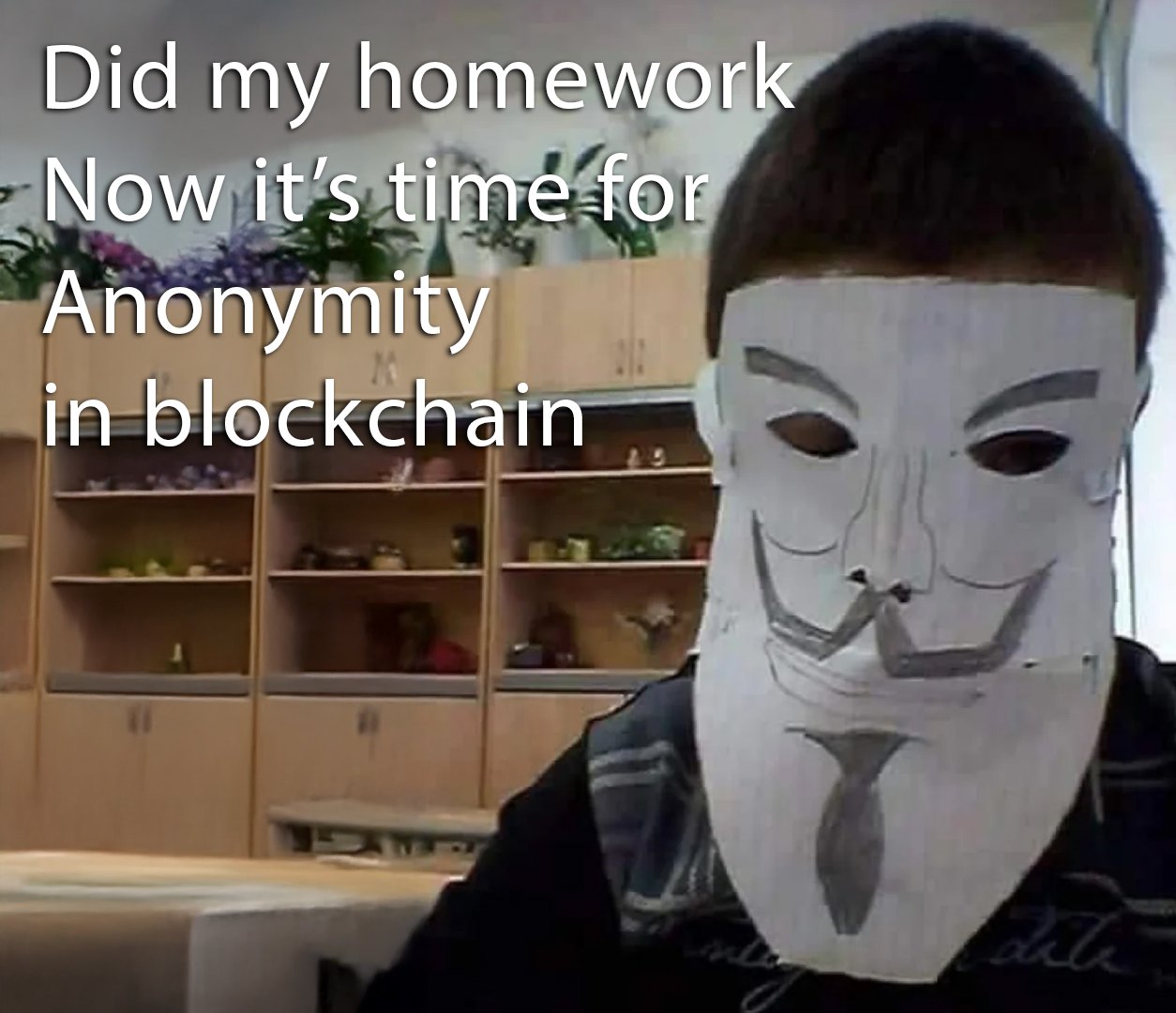What is decentralization?
I dedicated my last posts to crypto lending and liquidity pools. Sure, the crypto topic is on hype right now, especially since Bitcoin is hitting its records. For me, though, the renaissance of crypto started after my friend spent around six hours explaining how these financial instruments work from a user perspective.
I received some really cool feedback on those articles of mine, but I realized that it’s worth taking a step back to review some fundamentals. I strongly believe that ignorance is the biggest problem of humanity. People are often afraid of things they don’t understand, which is why you hear statements like, "Crypto is a scam."
What is decentralization?
Since my recent topics were crypto lending and liquidity pools, I’m going to explain this concept in the context of these financial applications. The core of it lies in smart contracts. These are the main technologies that enable what we call decentralization. The idea is pretty intuitive when you think about it—after all, we use ordinary contracts in our everyday lives. The more a smart contract inherits the properties of an ordinary contract, the closer it is to this ideal. Let’s take a closer look at those properties.
First, a smart contract is immutable by design. Once it is created—or, as we engineers say, deployed—it is impossible to update. This means the terms of the smart contract will always execute in the exact same way. Now, for those geeks out there reading me, yes, I know there are ways to bypass this and “upgrade” smart contracts using proxies or even destroy them. But in the vast majority of cases, this doesn’t happen. For an introduction, we can safely skip those rare exceptions.
Founders of projects based on smart contracts often make their code open-source, which builds a strong foundation of trust with their customers. This means anyone can, with just a couple of clicks, find and review the instructions written into the contract to check if it works as advertised. Of course, you could argue that these instructions are essentially code written by engineers and aren’t exactly easy for the average user to understand. Fair point. But the likelihood that these contracts were reviewed and audited by engineers is quite high. It’s also common for projects to announce the auditors they hired, giving you more confidence that everything has been checked.
Smart contracts exist on the blockchain. As long as the blockchain itself is alive, you can safely assume the contract will work as intended without any changes. In this sense, you can think of the blockchain as the environment or even the guarantor of stable operations for its applications.
Why is it called decentralization?
Obviously, this is the opposite of centralization. So let’s analyze centralized projects using the same properties I mentioned earlier. For example, imagine I own a centralized project, like an exchange—let’s say FTX 😅.

Mutability: I can change my project however and whenever I want. At any point in time, I could make adjustments, and you wouldn’t even notice unless I mention it in the release notes.
Proprietary: My project’s code is generally closed to everyone except the members of my company. I go out of my way to keep this concealment tight, defending myself constantly against leaks and hackers. While this might seem like a security measure, it also enables me to pull dirty tricks—like using your deposits for risky investments. If I’m lucky, you’ll never know. If I’m not, well, I might end up in jail, but you’ll end up losing your money. 😅
Lifecycle: My project lives only as long as I allow it to. If I decide to shut it down tomorrow, it’s gone.
Law and decentralization
Some argue that blockchain-based projects can be easily shut down by governments. But compared to centralized systems, that’s nearly impossible. Why? Because blockchain technology is designed in such a way that, once something is written to it, it can’t be removed. That’s just how it works. For a government to shut down a service built on this technology, they’d have to ban the entire blockchain. And honestly, if any government tried to do that, I’d buy the biggest box of popcorn and watch how it all unfolds.

Anonymity and blockchain
I’ve received a lot of mixed comments about anonymity in decentralized systems, so I think it’s worth addressing this point. The truth is, anonymity isn’t the ultimate goal here. While the two concepts can coexist, decentralization wasn’t designed specifically for secrecy. Instead, blockchain’s beauty lies in its transparency. Everyone can see all the transactions happening on it, but we know very little about the people behind them. Anonymity is, in fact, up to the user. The more precautions you take, the more privacy you’ll achieve. So let’s stop attributing properties to decentralization that it doesn’t inherently have.

Centralization vs decentralization
It wouldn’t be fair to say one is better than the other. These are simply two different approaches, each with its own pros and cons. With centralization, you usually trust the owners, and the law acts as your safeguard. But history has shown that laws often can’t do much to recover your money. With decentralized systems, you trust the technology. And while technology can sometimes be hacked, it’s still a matter of preference. The more you know, the easier it becomes to decide which platform works best for you.